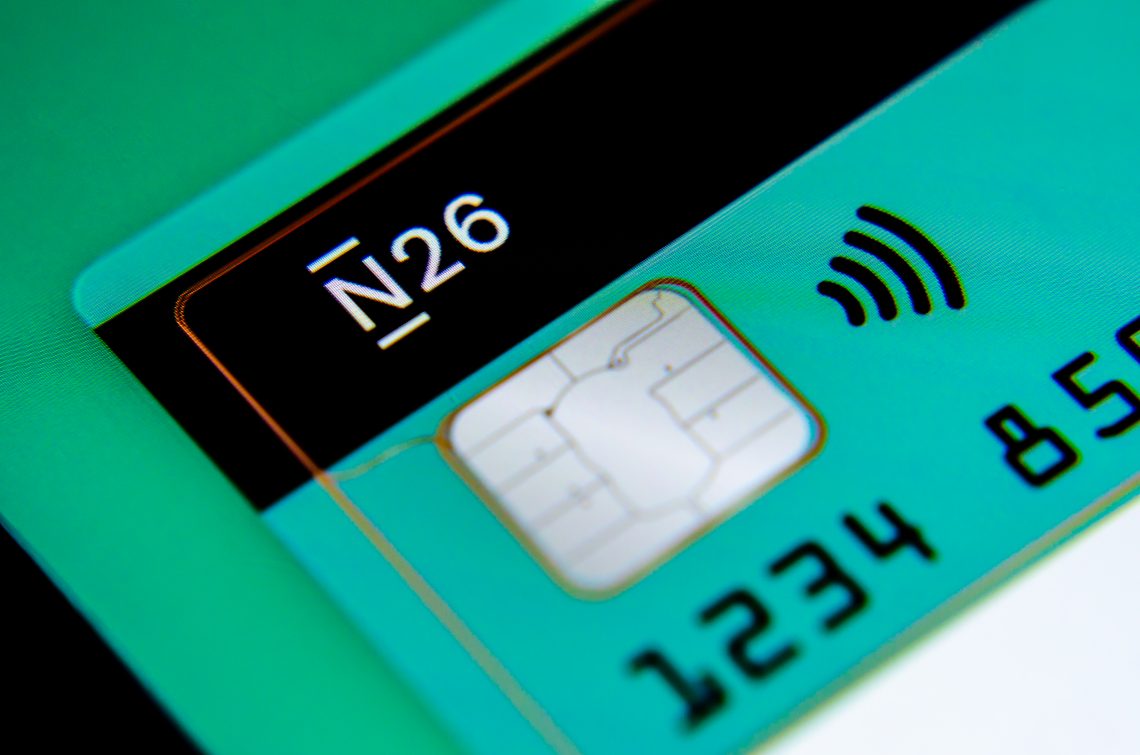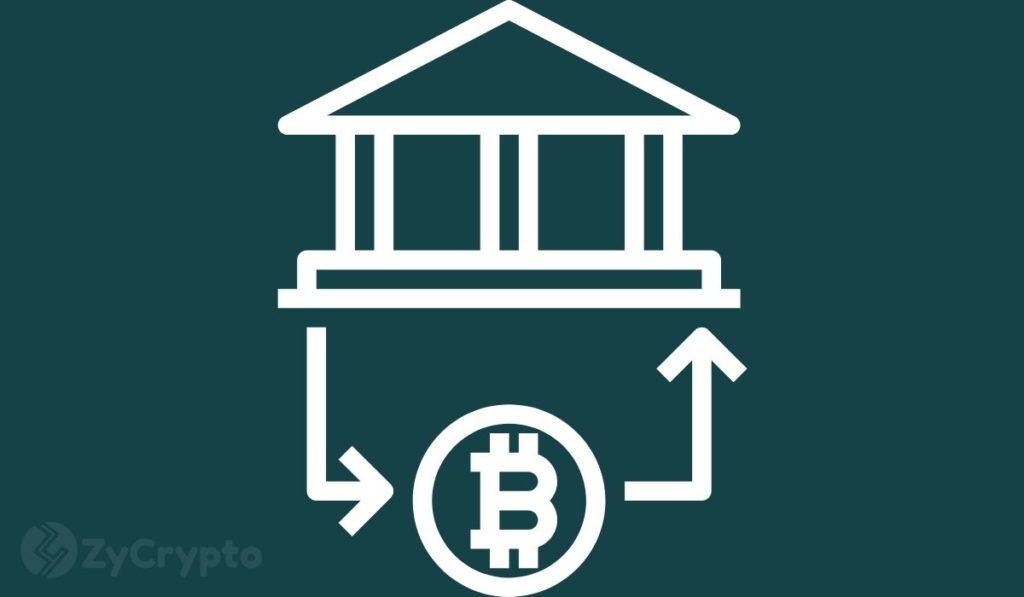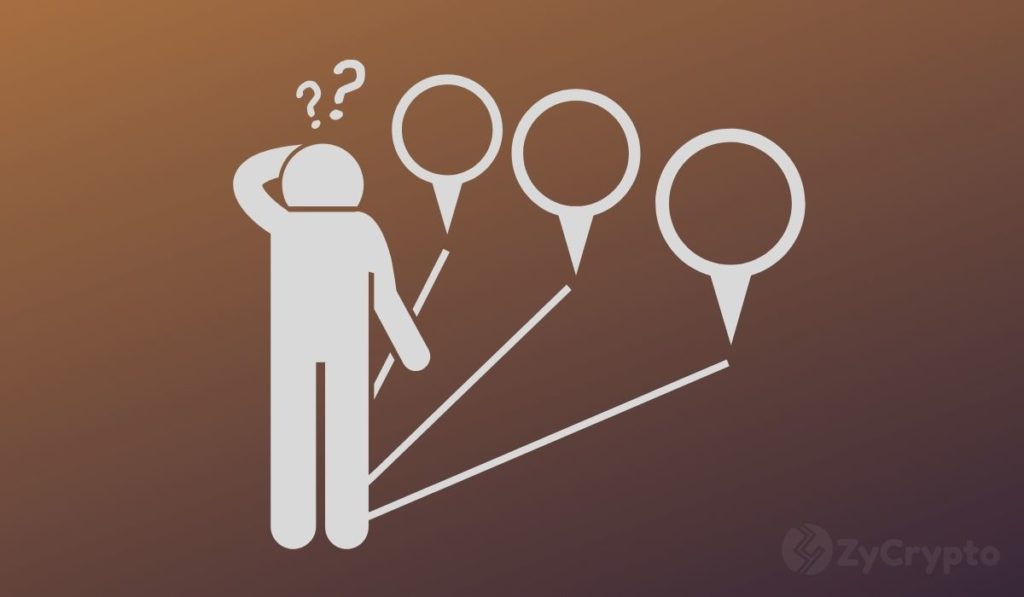
2023-4-20 00:13 |
These days it can seem like everywhere you turn, a new challenger bank has popped up offering great perks and incentives to get you to switch over. But how do these upstart financial institutions compare against the heavy hitters of traditional retail banking?
As more and more young investors enter the world of finance, traditional banks will have to change to stay competitive.
Overview of the Challenger BanksChallenger banks first emerged in Europe in 2014. Atom bank, Tandem, and N26 arose as progressive regulations opened up the banking market for innovative change. These companies leverage powerful software in order to streamline banking operations. This not only makes things more efficient, but also cheaper as the companies do not require as many redundant employees.
Available services include checking and savings accounts, loans, credit cards, and insurance plans. Some also offer trading services for crypto and stocks.
The challenger banking market has been gaining momentum in recent years. But importantly, the pandemic supercharged this trend as people moved (and stayed) online.
This growing momentum has captured the attention of investors and customers alike. With its digital-first approach, these banks offer a unique and convenient experience that traditional retail banks struggle to match. The potential for disruption is significant as consumers increasingly turn to mobile banking options.
Advantages of Challenger BanksChallenger banks can offer lower fees for loans and lines of credit and higher interest rates for savings accounts. They also offer the ability to easily track your finances through an app. As more and more people seek a banking experience that is convenient, fast, and accessible, the challenger banking market is poised to continue shaking things up in the world of retail banking.
Another innovation in the space has been the introduction of new investment opportunities. Taking Robin Hood as an example, many young people took to the platform to take advantage of their fractionalized stock trading. Robin Hood essentially took a well-known investment option and made it more flexible and affordable.
These banks have disrupted the financial industry, allowing for increased competition and better options for consumers. If you’re looking for a more modern and user-friendly banking experience, consider switching to a challenger bank.
Challenges Facing Retail BanksAs technology continues to advance, the banking industry has undergone rapid transformation. While traditional retail banks have long been the cornerstone of the financial sector, they are now facing a new set of challenges.
Most retail banks prioritize their in-person consumer experience and the design of their apps and websites comes second. Thus, digital natives find themselves feeling frustrated with their mobile banking experience. Secondly, retail banks still cater to different consumer needs. Many retail banks do not offer crypto trading, for example. And many lower-income consumers can feel like the higher-tier financial tools are still out of reach.
Challenger banks have been able to capitalize on the latest technological advances to offer new services and benefits to customers. As a result, traditional retail banks have struggled to keep pace with their more innovative competitors. This has led to a growing need for established banks to adapt to the new era of challenger banking in order to retain their customers and remain competitive.
FinTech-savvy challenger banks like Germany’s N26 hope to unseat their retail rivals. Source: Shutterstock Strategies of Traditional Banks to Stay CompetitiveTraditional banks have faced increasing competition in recent years, particularly from online banks and financial technology startups. To stay competitive, these banks have devised a number of strategies to improve their services and lure customers. One approach has been to invest in digital transformation, offering online banking services, mobile payment options, and other digital tools to make banking more convenient for customers.
Another strategy has been to focus on improving customer service. They aim to offer more personalized experiences and support to build stronger relationships with clients. They have also tried to lean on their longstanding reputation for stability and trust. However, in the wake of multiple bank failures and more possibly on the way, this last point may soon become moot.
Consumer NeedsConsumer opinions on both types of banking options vary greatly. Some prefer the convenience and accessibility of online banking. Others feel more secure with a physical bank location.
Ultimately, it comes down to each consumer’s needs. People who have more capital have more access to financial services like low-interest loans and managed stock portfolios. These people might opt for traditional banks. Those who need more accessible options and more forward-thinking investments may opt for challenger banks.
Implications for the Future of BankingThe rise of challenger banks has had an unprecedented impact on the industry. They have stirred up competition and changed the way we think about banking. With their innovative digital platforms, convenient mobile apps, and attractive offers for customers, challenger banks have managed to win over a growing number of consumers.
As a result, traditional banks are now facing pressure to adapt and evolve if they want to remain relevant in a changing landscape. This presents an opportunity for banks to revamp their systems, improve their customer service, and embrace technology to make banking more accessible and convenient for everyone.
But if they can’t keep up, challenger banks may be able to support a large part of the banked population. Fintech entrepreneur Jeremy Black predicted in 2019 that in 10 years, there will be as many checking accounts in fintechs as in retail banks. And given the current economic trajectory, he may be right.
The wealth gap in the United States, and those worldwide, are widening. Fewer people under the age of 50 own property or have meaningful savings for retirement than generations past. Traditional banking does not offer solutions to these problems. But challenger banks have shown interest, not only in welcoming them as customers, but also improving their lives in a meaningful way.
The post Rise of the Challenger Banks: Can Retail Banking Hold Out? appeared first on BeInCrypto.
origin »UCBI Banking (UCBI) на Currencies.ru
|
|


















